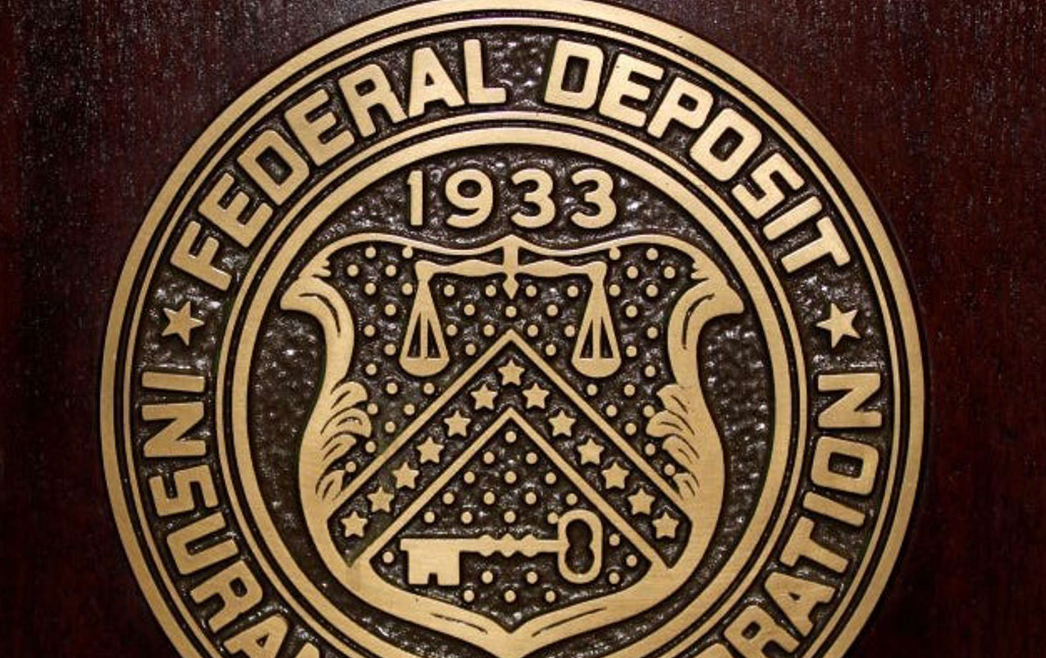We aren’t a personal finance company but given we work with banks we are getting a lot of questions about the current environment, so we thought a post on some ideas we have around mitigating your risk in today’s banking environment would be worthwhile:
The banking system in the US has undergone significant changes in recent years, especially after the financial crisis of 2008. The Federal Deposit Insurance Corporation (FDIC) was established in 1933 to protect depositors in case of a bank failure, and it still plays a crucial role in ensuring the stability and safety of the US banking system. However, with the increasing complexity and globalization of the financial industry, depositors need to be aware of the risks and opportunities that come with their FDIC-insured deposits.
FDIC Insurance Basics
The FDIC provides insurance coverage of up to $250,000 per depositor, per insured bank. This means that if you have multiple accounts at the same bank, your deposits are added together for insurance purposes, but if you have accounts at different banks, each account is insured up to $250,000. For example, if you have a checking account with a balance of $100,000 and a savings account with a balance of $200,000 at the same bank, both accounts are insured up to $250,000, so you would have $50,000 of uninsured deposits.
Maximizing FDIC Insurance
To maximize the amount of FDIC insurance coverage on your deposits, you can use several strategies:
- Use multiple banks: By spreading your deposits across different banks, you can ensure that each account is insured up to the maximum limit of $250,000. However, keep in mind that different banks may have different interest rates, fees, and services, so you should compare them carefully before opening new accounts.
- Use joint accounts: If you have a joint account with another person, such as a spouse or family member, the account is insured up to $500,000 ($250,000 per depositor). This means that if you have a joint checking account with a balance of $400,000, you and your partner would have full insurance coverage.
- Use different account types: The FDIC provides separate insurance coverage for different types of accounts, such as checking, savings, money market, and CD (certificate of deposit) accounts. For example, if you have a checking account with a balance of $100,000 and a CD account with a balance of $200,000 at the same bank, both accounts would be insured up to $250,000, so you would have $50,000 of uninsured deposits. However, if you have a checking account, a savings account, and a CD account at the same bank, each account would be insured up to $250,000, so you would have full insurance coverage.
- Use a CDARS program: CDARS (Certificate of Deposit Account Registry Service) is a program that allows you to spread your CD deposits across multiple banks while keeping them under one umbrella. This program provides full FDIC insurance coverage on deposits of up to $50 million, and it can be useful for depositors who have large amounts of cash to invest.
- Use a trust account: If you have a trust account, the FDIC provides separate insurance coverage for each beneficiary up to $250,000. This means that if you have three beneficiaries in your trust, each with a separate interest in the trust, you could have up to $750,000 of FDIC insurance coverage.
- Another strategy to maximize FDIC insurance coverage is to use a deposit sweep program offered by some banks. These programs allow you to deposit your money into one account, and the bank will automatically sweep the funds into multiple accounts at different banks, which are insured by the FDIC. By doing so, you can enjoy the convenience of having all your deposits in one place while still benefiting from full FDIC insurance coverage on all your deposits. It’s important to note that not all banks offer deposit sweep programs, and the terms and conditions of these programs may vary. Therefore, if you’re interested in using a deposit sweep program, you should shop around for a bank that offers this service and carefully read the program disclosures and agreements to understand the risks and fees involved.
The FDIC provides a valuable safety net for depositors in the US banking system, but it’s important to be aware of the insurance limits and to use strategies to maximize your coverage. By spreading your deposits across multiple banks, using joint accounts, different account types, CDARS programs, and trust accounts, you can protect your money and make the most of your FDIC insurance.
